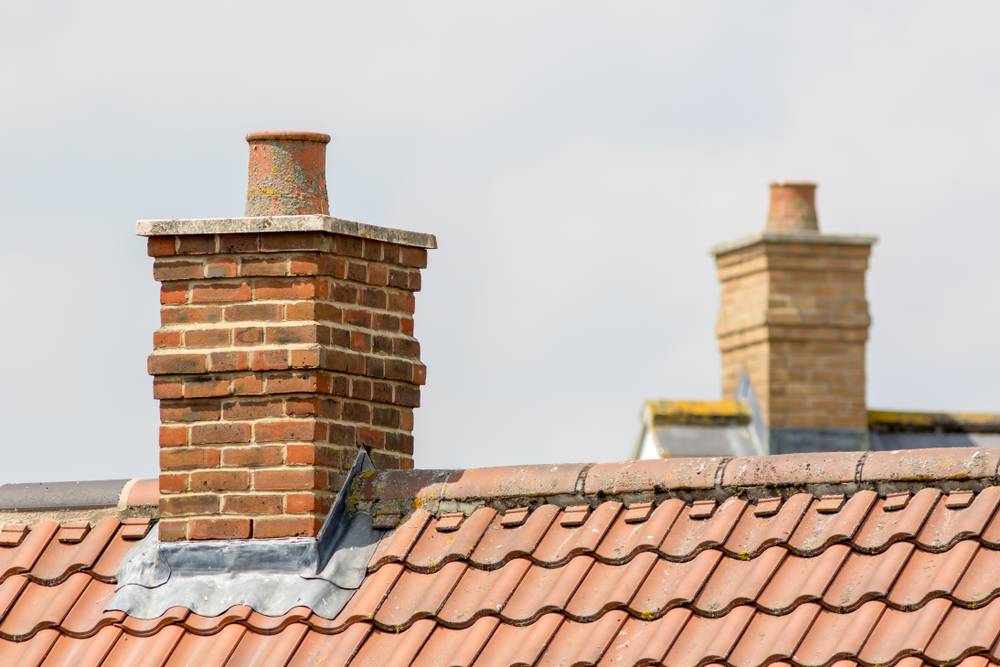How to Safely Remove Chimneys from Properties
One of the best ways to create more floor space in an older property is to remove obsolete chimney breast on the ground floor.
Here at Network Scaffold, we specialise in helping to improve both commercial and domestic properties with our scaffolding and access scaffolding.
For our latest post, we are going to share some handy tips to remember when having a chimney removed.
Following Industry Guidelines
Quite often chimneys are removed at first-floor level which leaves just the roof void and the external section of the chimney in place. Building Regulations do apply to this work as it is a ‘material alteration’ to the structure which ensures the remaining part of the stack is sufficiently supported.
When the whole chimney is removed you will need some professional advice (from specialists such as Network Scaffold) to determine the structural implications; plus you may require planning permission for its removal.
Extra care is required where this project falls into works covered under the Party Wall etc. Act 1996 with notice needing to be served on any adjacent property. This is so shared flues and structural adequacy can be put under consideration before work begins.
6 Things You Need to Consider When Removing a Chimney
1. Bracket members need to be 75mm x 75mm x 6mm mild steel angles with 6mm fillet shop welded joints with the angles being pre-drilled to take a minimum of 2no M12 chemical or resin anchor bolts.
2. Bolts need to be drilled into sound brickwork and not mortar joints, with the condition of the brickwork critical.
3. A plate (10mm steel plate, for example) needs to be placed on top of the brackets which prevents soot and debris from falling from the remaining chimney.
4. The minimum height of the remained chimney breast below needs to be equal to or greater than the height of brickwork above the roofline.
5. To make sure any rain or condensation that passes into the flue will dry out by natural convection; the chimney pot needs to be capped with a ventilated cowl with an air brick inserted at a lower level.
6. Fireplace hearths on the ground or first-floor level need to be removed with additional timber joints installed and adequately supported by the existing timber floor trimming joists.
Talk to the Scaffolding Specialists
If you require any support with removing a chimney from a property, please contact Network Scaffold and we can provide the finest scaffolding in Derby.

